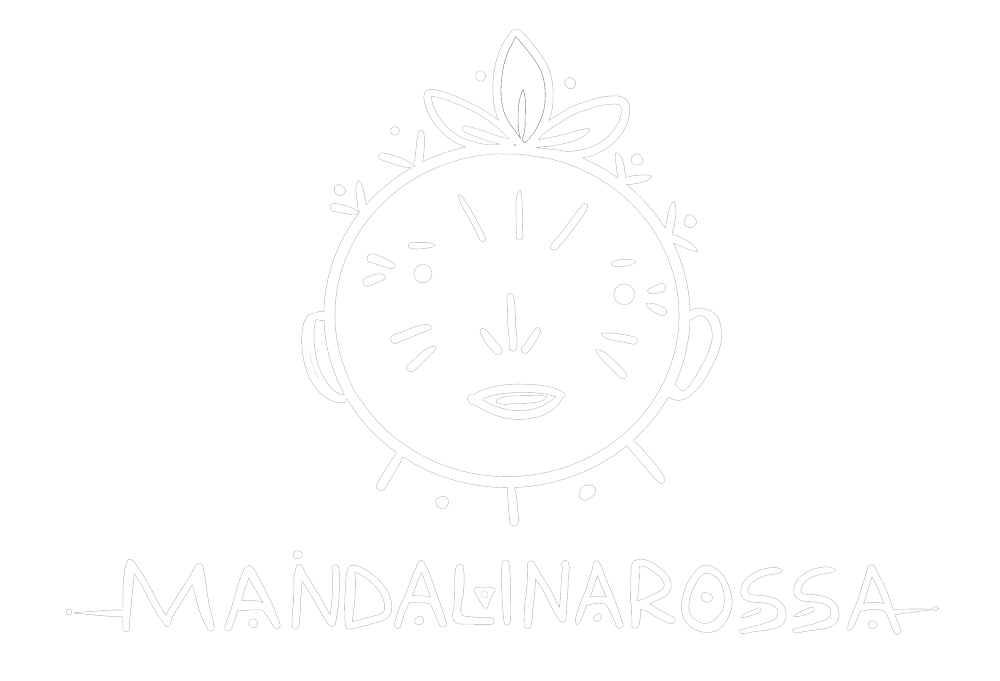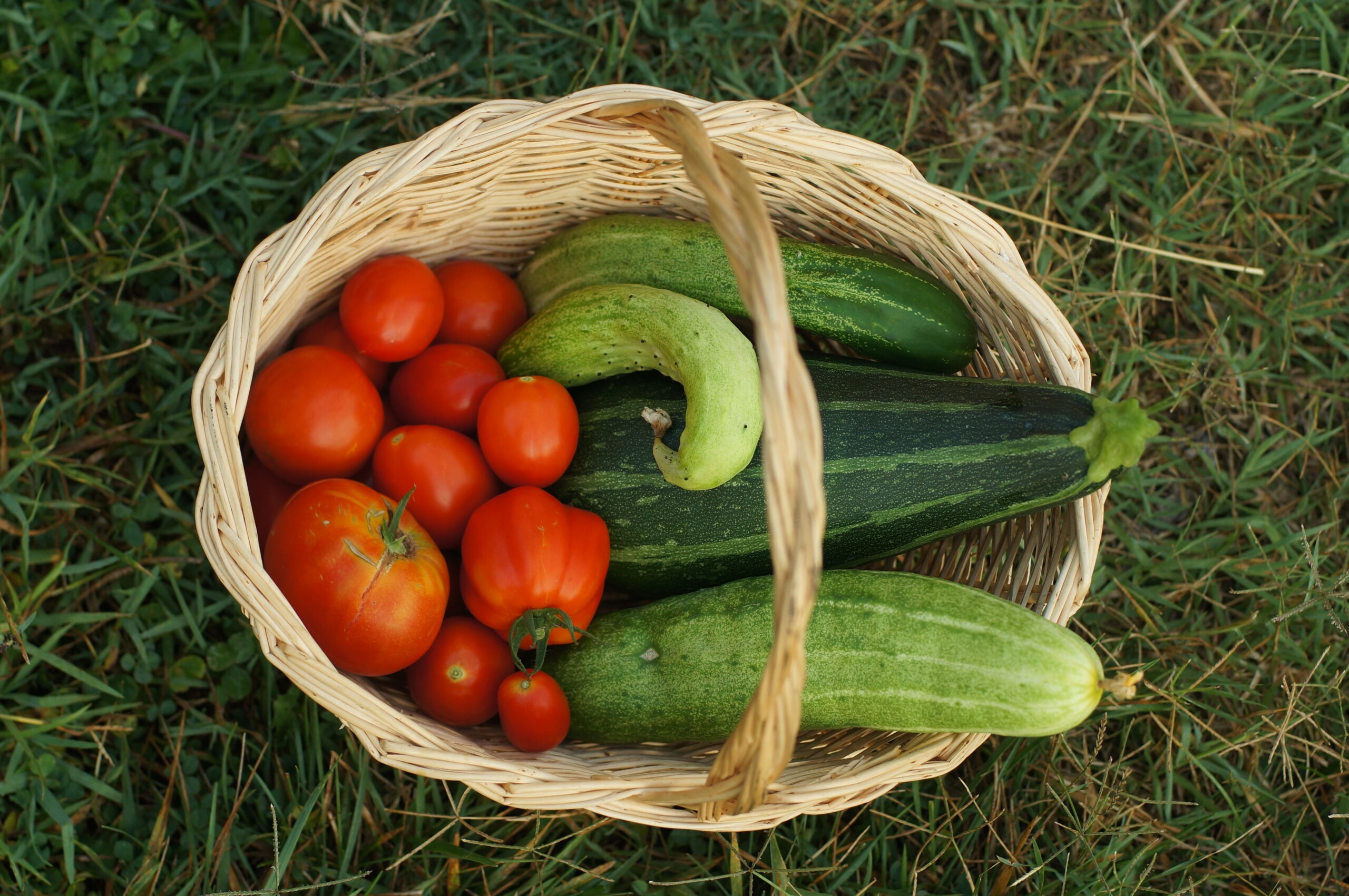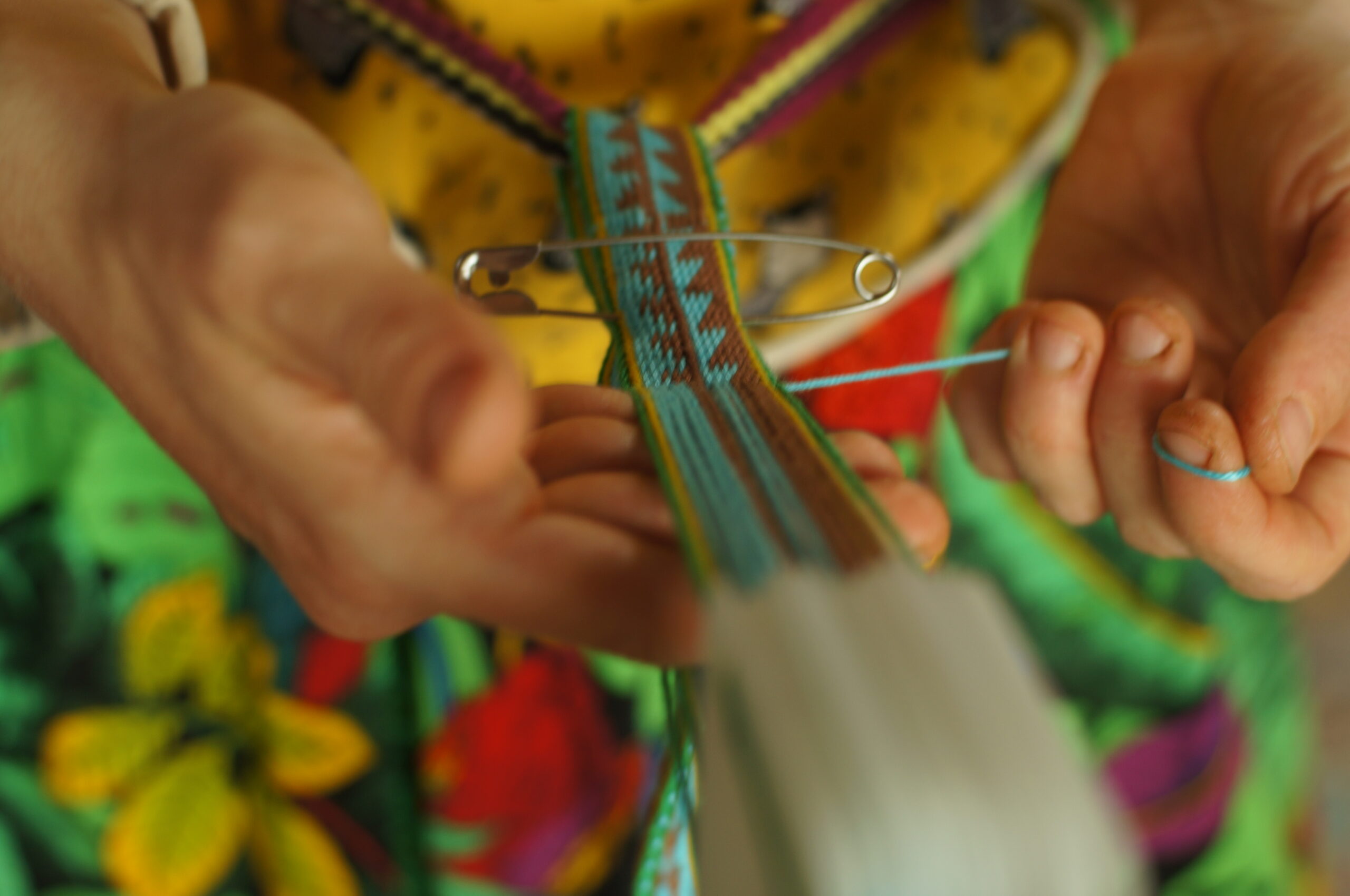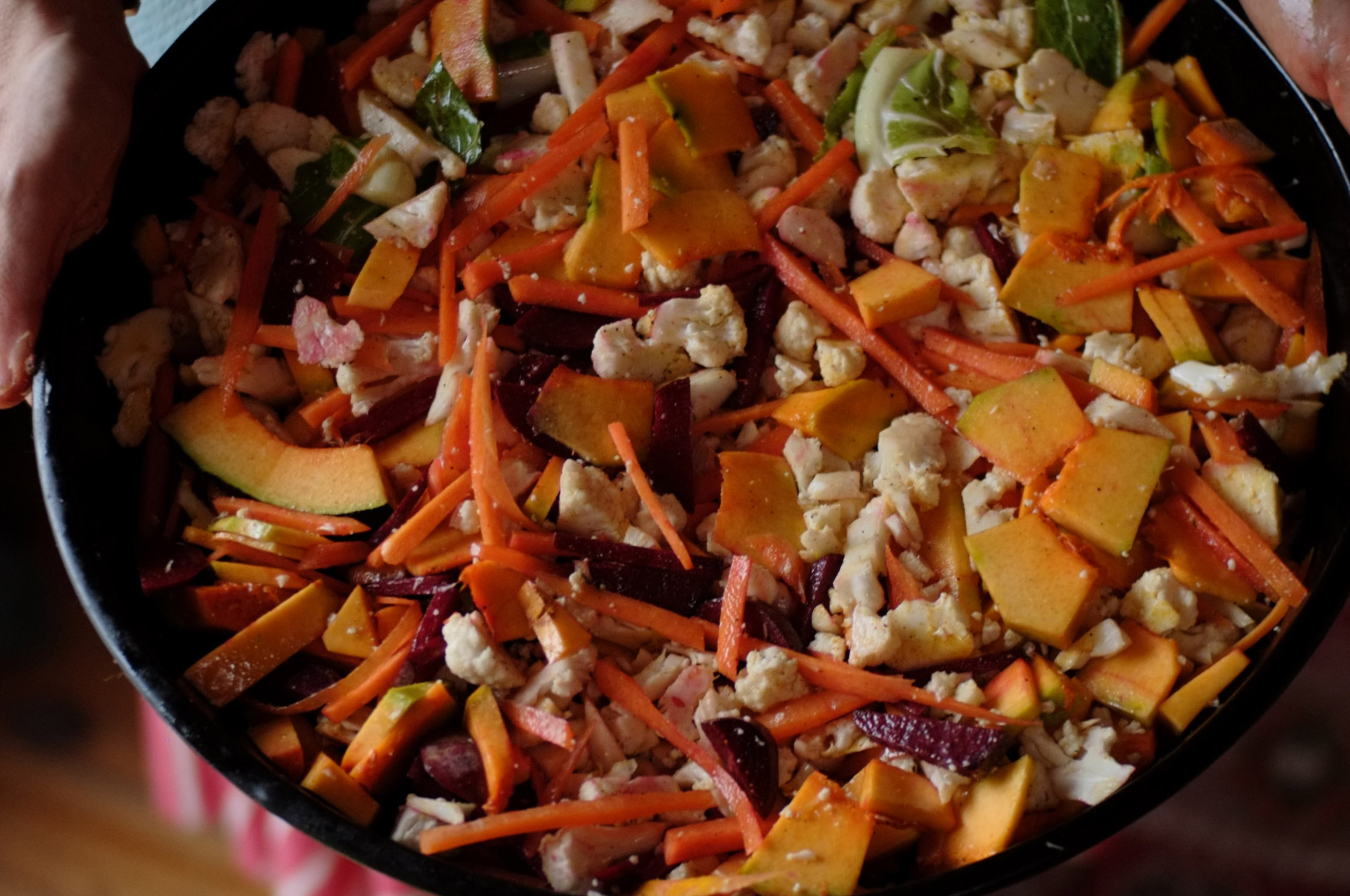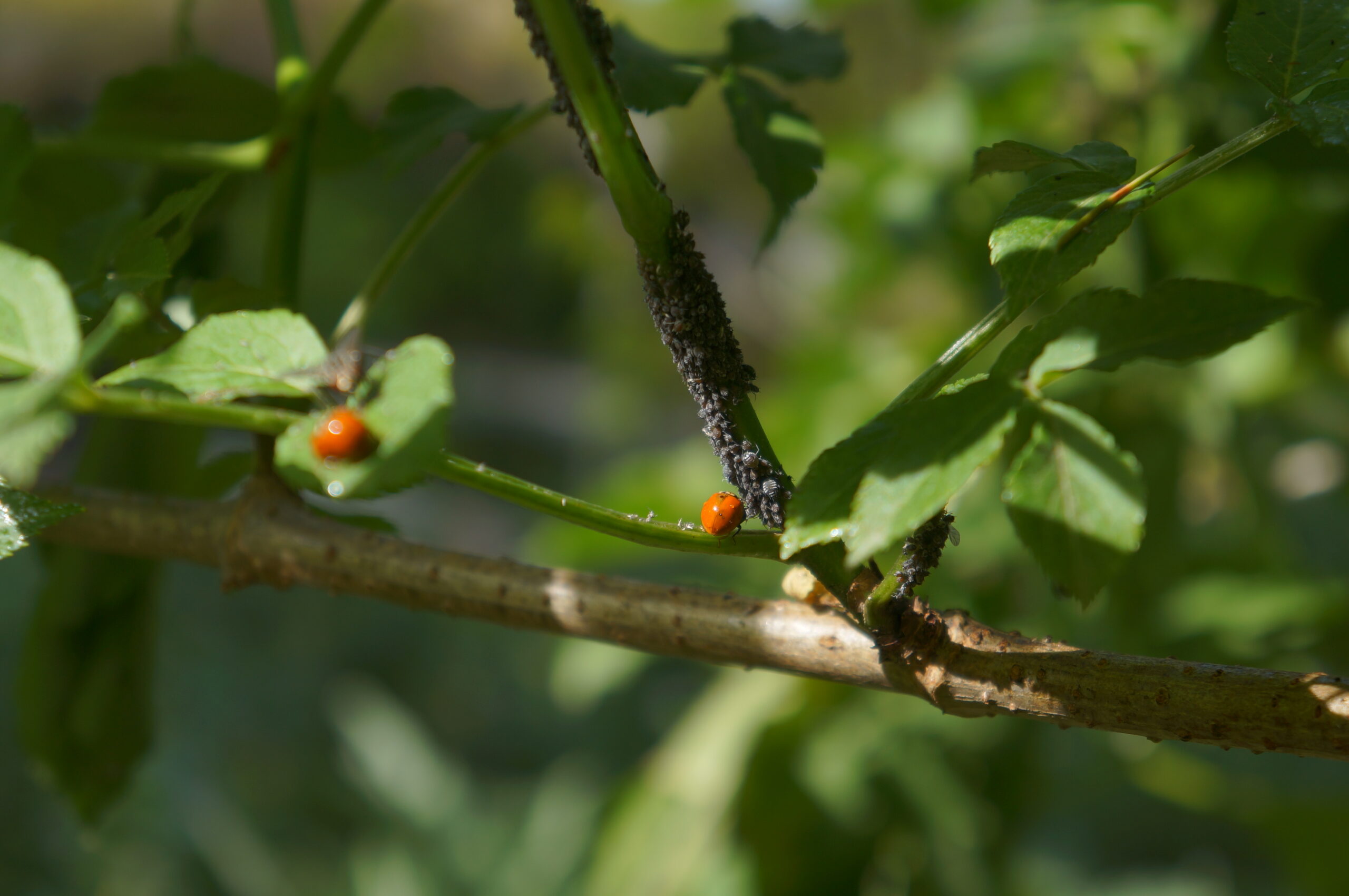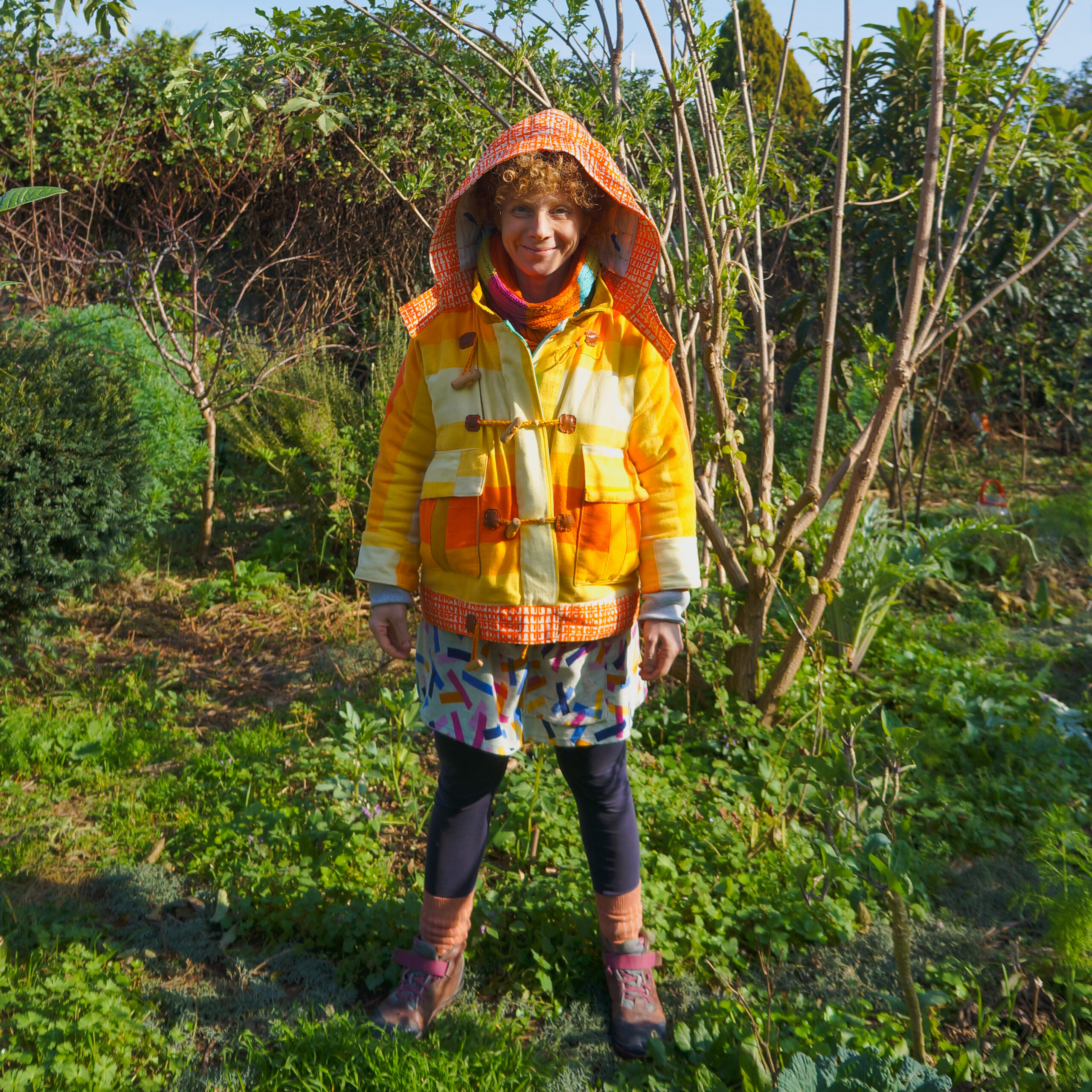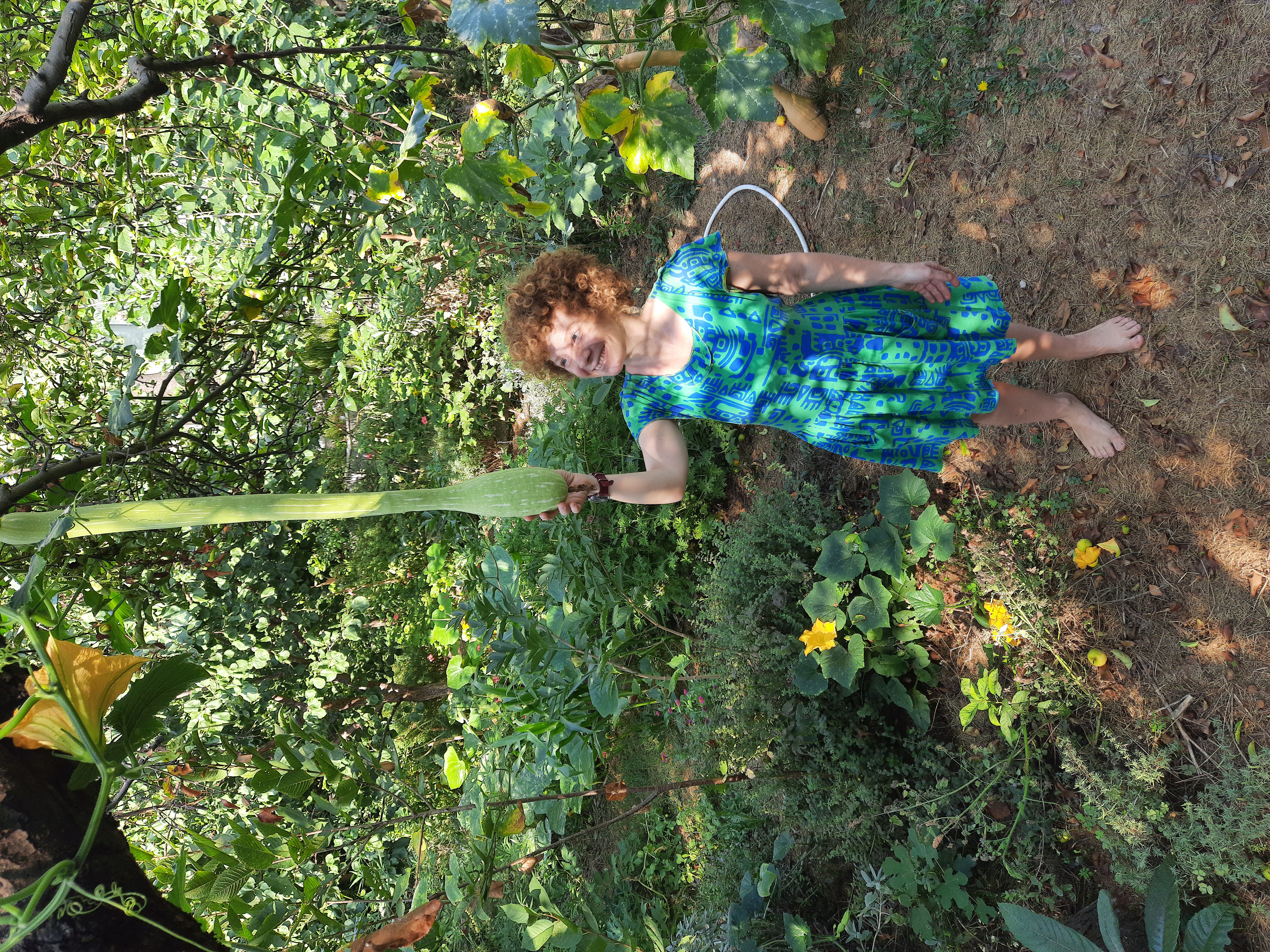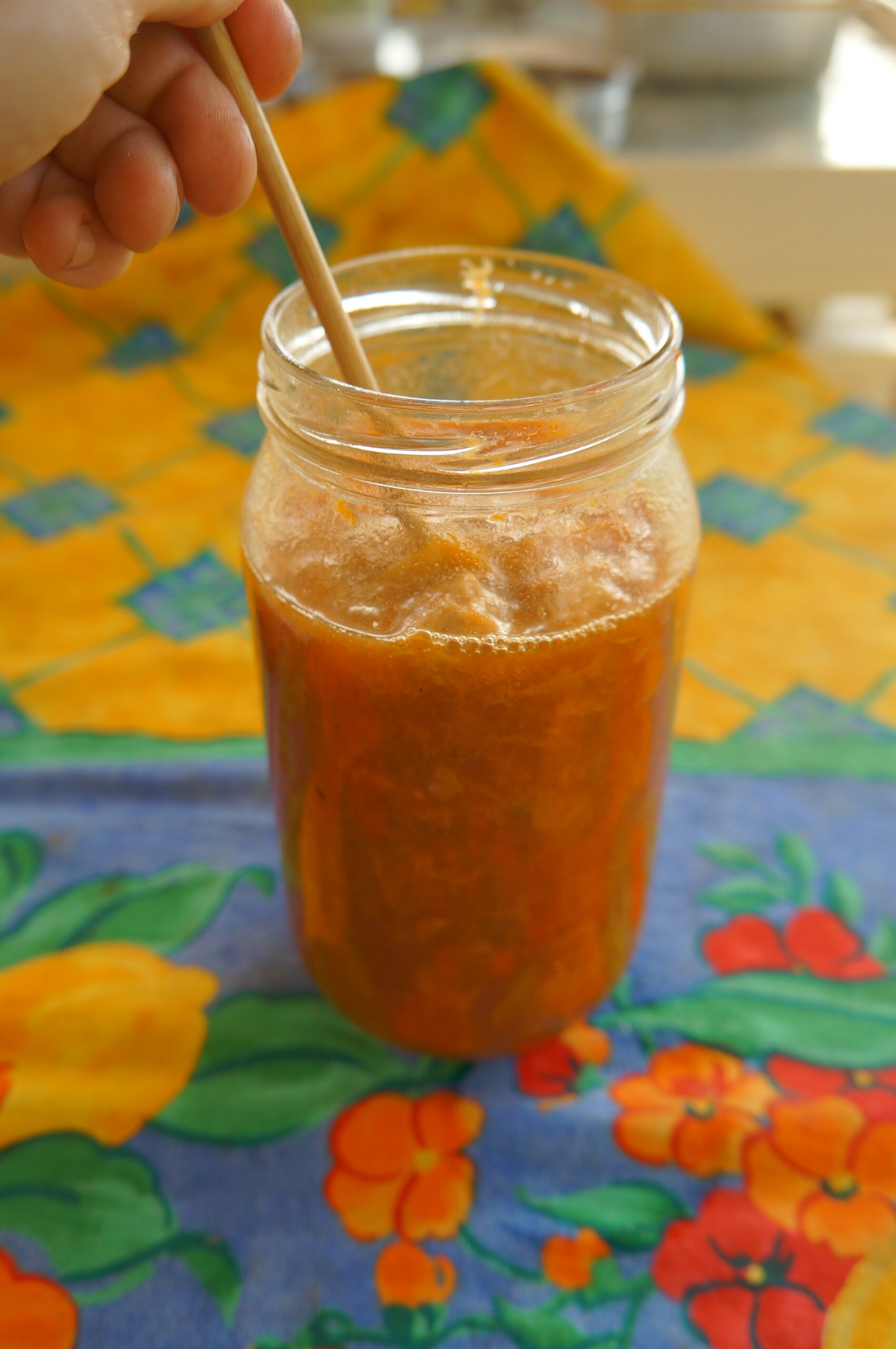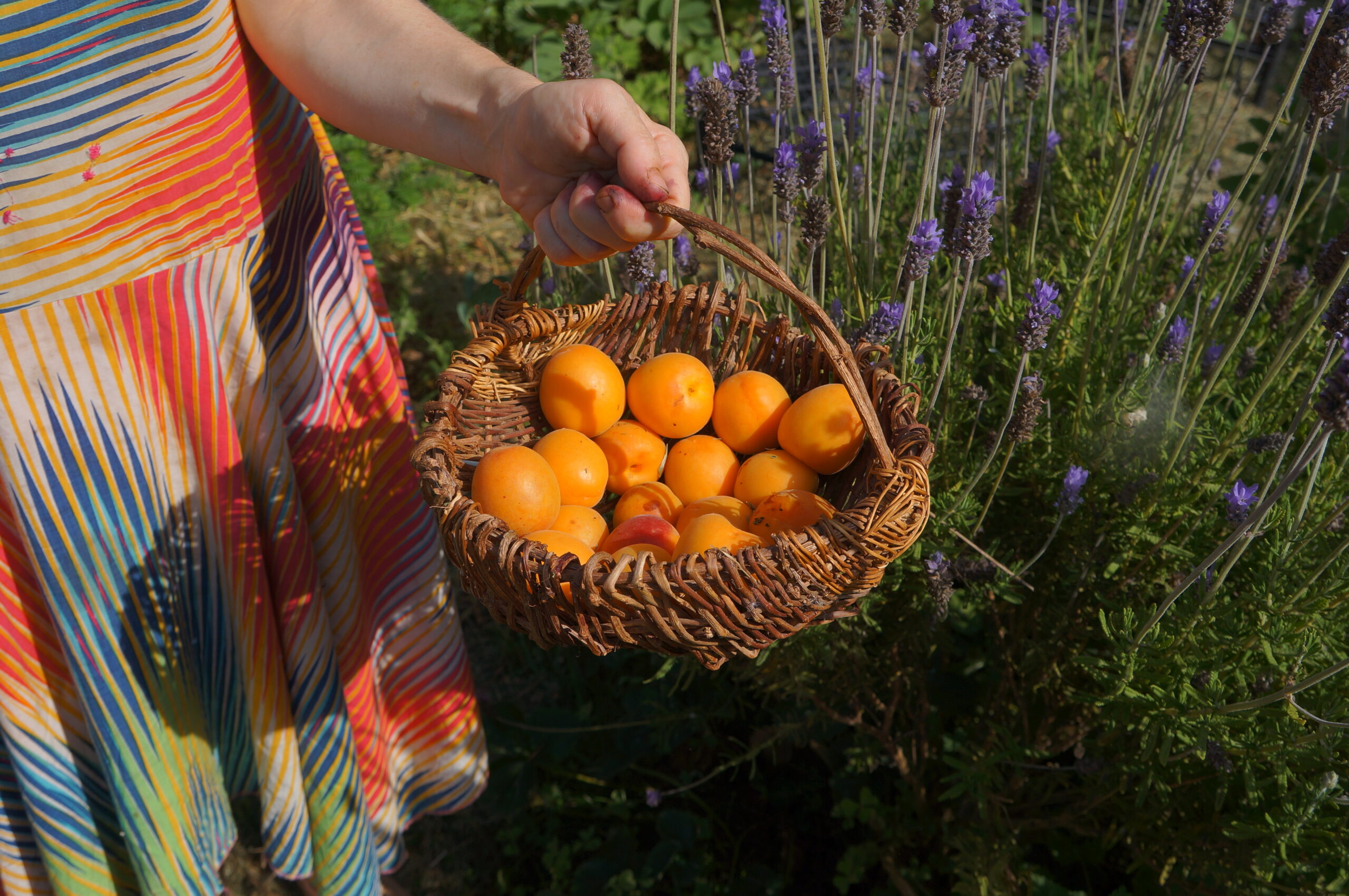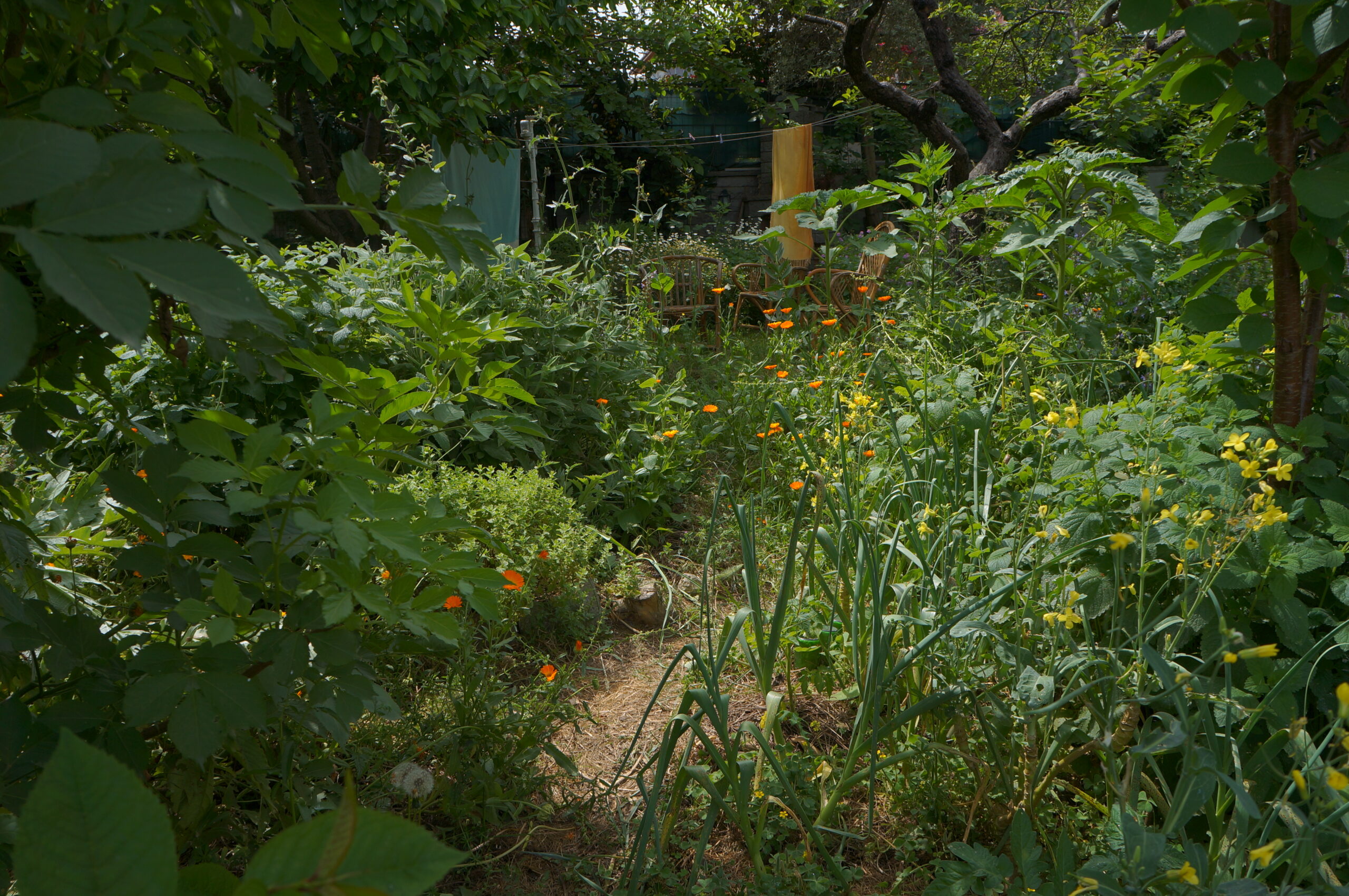-
Fermented Elderflower Soda
English Türkçe It took nearly 3 years for my elderberry shrub to bloom! Meanwhile I grew many others from cuttings in between the fruit trees. Last year I realized that elders (sambucus nigra…
-
Natural aphid control : Ladybugs!
English Türkçe This year our elderberry bushes are growing incredibly! They put out so many new shoots that on the ones in the inner sections got full of aphids. I didn’t panic and…
-
-
-
-
Cheese basket (La Fuscella) made with juncus
Türkçe I made a cheese basket using juncus. It’s called ‘la fuscella’ in Italian and ‘la fattoghja’ or ‘la casgiaghja’ in Corsican. It was made and used in many Mediterranean countries, but with…
-
-
Fruit Kvass with Leftover Apricot Skins
Türkçe When I was researching about different types of kvass I found out about fruit kvass which is made from leftover fruit from jam making or juicing. These days I’m making fruit leather…
-
-
Food Forest in Late Spring
TR It’s the last week of May here . Even though we’re having less and less rain each year in spring, the garden is full of life! The advantage of having mostly perennial…
